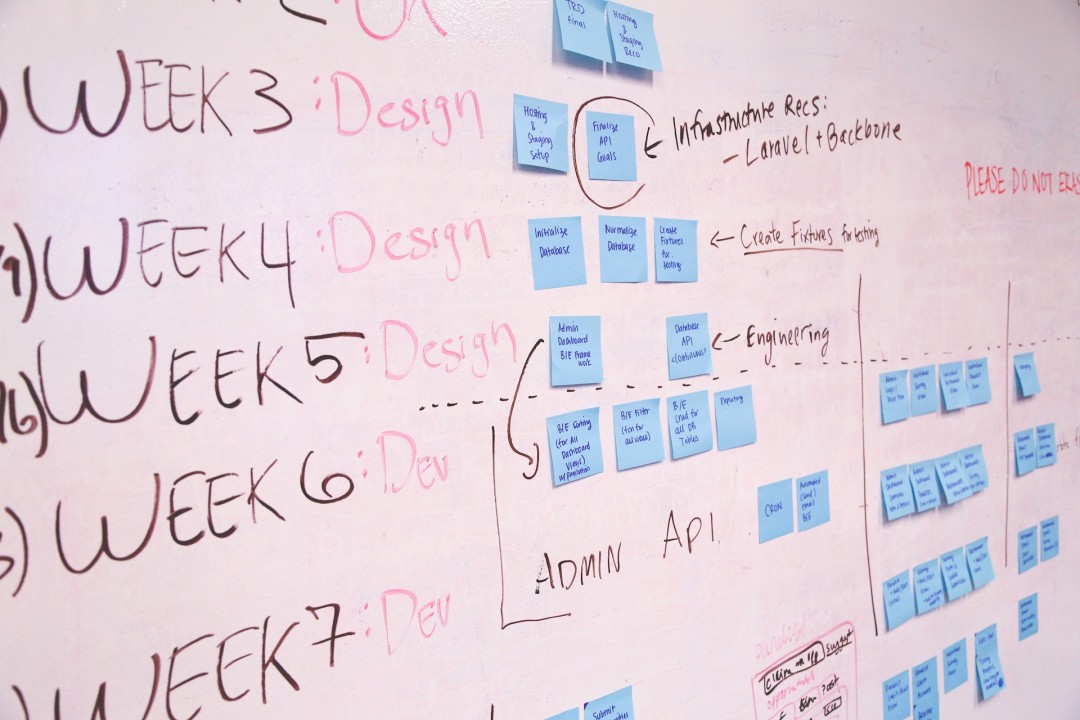
What are the different phases of capital budgeting?
What are the different phases of capital budgeting? Capital budgeting is a very complex process which can be divided into five phases:
Planning
The planning phase of a firm’s capital budgeting process is concerned with verbalization of its wide investment strategy and the creation and preliminary screening of project proposals. The investment strategies of the firm describe the wide areas or types of investments the firm plants to undertake. These give the framework which shapes, guides, and define the identification of individual project opportunities.
Once a project proposal is recognized, it needs to be examined. To start with, a preliminary project analysis is done. An introduction to the full blown possibility study, this exercise is meant to judge (i) whether the project is prima-facie worthwhile to assess a possibility study and (ii)what aspect of the project are grave to its visibility and thus warrant an in – depth investigation.
Analysis
If the preliminary screening proposes that the project is prima facie meaningful, a detailed analysis of the marketing, technical, financial, economic, and ecological aspects is undertaken. The questions and issues aroused in a detailed analysis are described in the following section. The center of this phase of capital budgeting is on gathering, preparing and resizing relevant information about various project proposals which are being considered for inclusion in the capital budget. Based on the information developed in this analysis, the flow of costs and benefits with the project can be defined.
Selection
Selection follows, and usually overlaps, analysis. It addresses that -Whether the project worthwhile? A broad range of appraisal criteria have been suggested to evaluate the worth while ness of a project. They are usually divided into two broad categories, viz, non- discounting standard and discounting standard.
The main non-discounting standard is the payback time and the accounting rate of return and the benefit cost ratio. To apply the various appraisals standard cut-off principles have to be specified. These are fundamentally a function of the blend of financing and the intensity of project risk.
While the former can be defined with comparative simplicity, the latter strictly tests the capability of the project evaluator. Certainly, in spite of a wide range of tools and techniques for risk analysis (sensitivity analysis, Monte simulation, decision tree analysis, portfolio theory, capital asset pricing model, and the like), risk analysis remains the most inflexible part of the project valuation exercise.
Implementation
The implementation phase for business project that involves setting up of industrial facilities that consists of several stages such as
Project and engineering designs
Negotiations and contracting
Construction
Training
Plant commissioning
Review
Once the project is made to order the review phase has to be set in motion. Performance review should be done from time to time to evaluate actual performance with probable performance. A feedback device can be useful in several ways.
(i) It throws light on how realistic were the suppositions underlying the project;
(ii) It provides a documented record of experience that is extremely valuable in future decision making;
(iii) It proposes corrective action to be taken in the light of actual presentation;
(iv) It helps in finding judgmental biases;
(v) It encourages a desired warning among project sponsors.
References